Why you can trust TechRadar
Since the Nikon 1 J2 is more or less identical to its predecessor, the Nikon 1 J1, many of the same points apply with regards to build quality and handling.
The Nikon 1 J2 is a pretty small compact system camera, and the design is minimalist. Unlike some other CSCs on the market, Nikon has chosen to keep the amount of dials and buttons to a minimum, with just one mode dial on the back.
On the mode dial you'll find the option to choose between fully Auto, Motion Snapshot, Smart Photo Selector and movie mode. Newly added for this version of the camera is Creative Mode, which enables quicker access to full manual and semi-automatic camera controls, as well as creative options such as Panorama and selective colour.
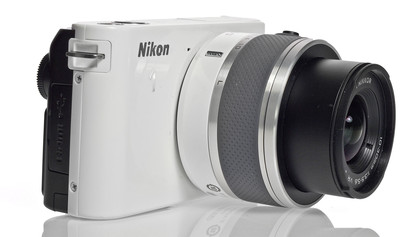
There's no grip on the Nikon 1 J2, though selected models will come with a textured finish that helps to provide a little extra purchase. Having said that, holding the camera feels quite natural, even when using it one-handed. A thumb rest at the back of the camera also enables you to maintain a sturdy grip.
To turn on the camera you can of course use the on/off switch at the top, but another handy feature is the ability to switch on the Nikon 1 J2 via the lens itself. Holding down the button on the side of the lens and twisting the lens barrel activates the camera, while holding the button down again and twisting the lens back in on itself powers down the camera. This is particularly useful for moments when you want to quickly grab a shot.
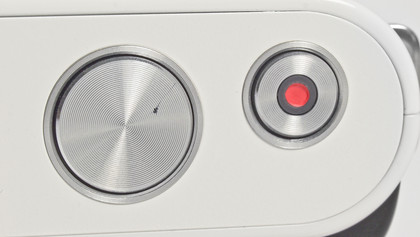
When shooting in aperture or shutter priority, you can set the aperture/shutter speed by using the small switch (marked by a magnifying glass) on the top-right of the camera.
It's not the most obvious thing to do, and would perhaps have been served better by the scroll dial on the back of the Nikon 1 J2 instead. If shooting in fully manual mode, the zoom switch is used for shutter speed, while the scroll dial is used for aperture.
Using Creative Mode transforms the F button at the top of the back of the camera into a shortcut for choosing between different creative modes.
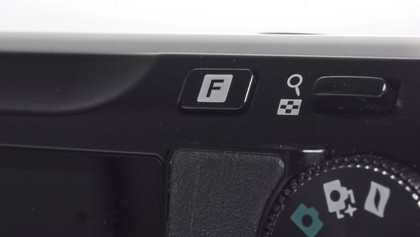
Unfortunately, choosing between P/A/S/M modes can be a little bit of a chore, because they're all lumped together under one selection. So, after you've selected PASM, you still need to go in to the main menu to choose between the four modes.
It is, however, now much easier to get to modes such as panorama, while new creative digital filters can also be accessed from the F button.
When using other modes, the F button either has no function at all, or can be used to make selections between normal and slow motion movie (under video mode) and the different sounds that Motion Snapshot makes.
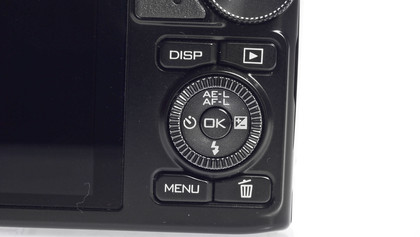
Other buttons on the back of the Nikon 1 J2 include a display button, a playback button, menu and delete button. The scroll dial also incorporates the four directional keys, each of which also have a specific function, such as timer or exposure compensation.
The 73-point hybrid autofocus system first seen in the Nikon 1 J1 and Nikon 1 V1 has also been maintained here in the Nikon 1 J2. You can elect to have the camera choose an autofocus point for you, or if you'd prefer more flexibility, subject tracking and single point options are also available.
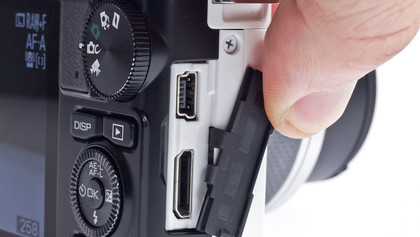
If you select single point, hitting the OK button brings up the focus point selection, which you can then change via the arrow keys. It's a shame that the screen isn't a touchscreen, because this would have really sped up this operation.
Unlike the Nikon 1 V1, the Nikon 1 J2 (and Nikon 1 J1) has an inbuilt flash, which pops out of the top-left of the camera on a relatively long stalk to take it fully clear of the lens. This feels a little flimsy, and as if it may snap off if you were very vigorous with it.
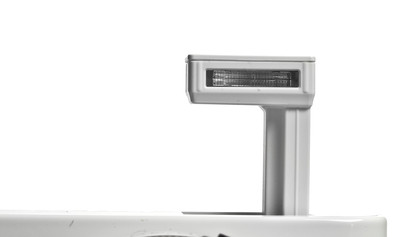
That said, it's useful to have a flash at all, since many CSCs (including the Canon EOS M) have decided not to include one on the body of the camera itself.
A dedicated movie record button is conveniently located next to the shutter release. However, it can only be activated when the camera is set to movie mode, which seems like a bit of an oversight. The shutter release itself is a nice sturdy button, which is easy to half-press to focus without accidentally pushing it all the way in.
Amy has been writing about cameras, photography and associated tech since 2009. Amy was once part of the photography testing team for Future Publishing working across TechRadar, Digital Camera, PhotoPlus, N Photo and Photography Week. For her photography, she has won awards and has been exhibited. She often partakes in unusual projects - including one intense year where she used a different camera every single day. Amy is currently the Features Editor at Amateur Photographer magazine, and in her increasingly little spare time works across a number of high-profile publications including Wired, Stuff, Digital Camera World, Expert Reviews, and just a little off-tangent, PetsRadar.

